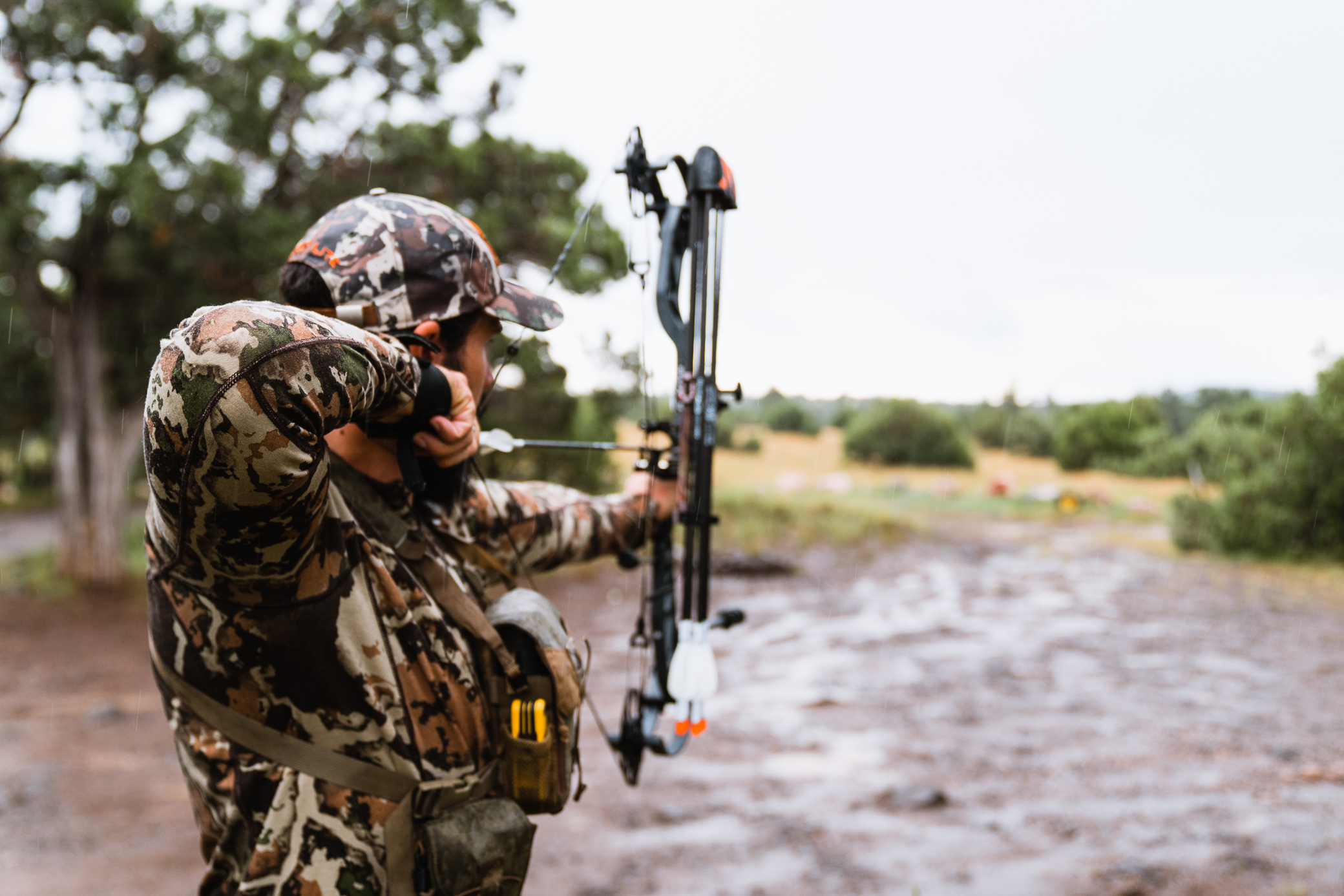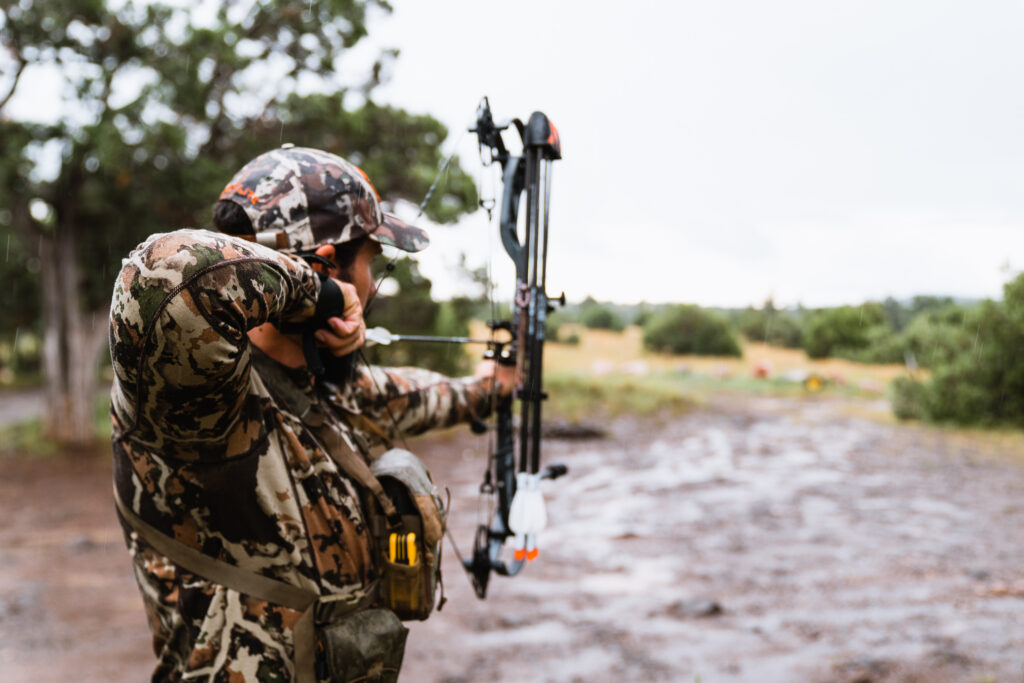Throughout my childhood, my Dad would tell me old hunting stories from before I was around. At the time, I hadn’t really experienced much of the hunting life, so these stories sunk deep in my mind. One of those stories was of an archery deer hunt in upstate New York. It was just him and his bow. No rangefinder to speak of.
My Dad was sitting up in a tree and a lone buck came in beneath. He pulled his bow back, aimed, and let it loose thinking that deer steaks wouldn’t be far away. What really happened was he watched the arrow fly right over the buck’s back, followed by said buck running out of his life. “Should have aimed lower” my Dad said. It was my first lesson on shooting up or downhill with a bow.
Because of that story, I ALWAYS have an angle compensating rangefinder with me on archery hunts. It’s non-negotiable, because angles are a plenty in bowhunting. Whether it’s a 15 degree angle or a 40 degree one, your arrow will not hit where you want, if you don’t make the proper adjustments for the angle. Angle compensating rangefinders do just that for you.
Whether it’s uphill or downhill, yardage needs to be cut off in order to hit what you’re aiming at. The wordage in this article is referring to Vortex Optics Rangefinders.
Table of Contents
Line of Sight Mode on Your Rangefinder

Line of sight is the distance from you to your target, whether you are standing on an angle or not. This is how rangefinders read distance from the beginning until angle compensating versions came out. Still to this day though, most rangefinders seem to have a mode for Line of Sight. This article is about using angle compensation though right? So, why is Line of Sight important?
Before angle compensating rangefinders, archers would use cut charts to calculate the proper amount of yardage that they needed to cut off with angled shots. Without getting to deep into the math, they’d take the Line of Sight distance given from their rangefinder, pair that with data from an inclinometer to get the proper angle, and refer to their custom cut chart for their set up. Sounds complicated and takes some extra time I know. It was accurate though and that’s what mattered. In fact, there are still folks that use Line of Sight distance paired with a custom cut chart. In terms of precision, it may be splitting hairs, but this is the most precise way of being accurate on angles.
HCD(Horizontal Component Distance Mode) on Your Rangefinder

When shooting at angles the distance that we actually want to aim for is not Line of Sight, but it is the Horizontal Distance. This is literally the horizontal distance between you and the target. Whether you’re standing even, uphill, or downhill it is the horizontal distance that will put you in the X. And the horizontal distance is always shorter than the line of sight distance, which is why one needs to cut yardage rather than adding it. It can be difficult eyeballing this in the field though and going through the cut chart process takes away valuable time. This is where HCD mode comes in.
The Horizontal Component Distance Mode on your Vortex rangefinder makes the cut for you and it does it with one click of a button. Whatever range this mode spits out for you is the range that you want to aim for. Don’t take more yardage off of this calculation, because you’ll hit low.
In terms of accuracy and precision, I tested the Razor 4000 rangefinder up against a custom cut chart I had made for myself. The calculations were within a 10th of a yard between the two. I don’t know about you, but I’m not that good to tell the difference in a 10th of a yard with my shooting ability. With only a 10th of a yard difference, that arrow is going in the lungs come hunting time.
Here’s a Video Demonstration Using Line of Sight vs. HCD
Closing Thoughts
Back in the days of old, my Dad didn’t have a rangefinder, let alone one that had angle compensating abilities. If he did, that buck feeding beneath his treestand might have been on the wall of the house I grew up in rather than high tailing it through the forest. An opportunity lost.
The fact of the matter is, bowhunting is literally a game of inches. Every little thing matters and any ethical advantage we can put in our favor, it will put us that much closer to success. Angle compensating rangefinders are in our corner. They’ve served me extremely well through the years and I know they’ll do the same for you. That’s my angle and I’m sticking to it.
As an Amazon Associate, I earn from qualifying purchases







































![Air gun 101: The differences between .177 & .22 – Which jobs they do best ? [Infographic]](https://airgunmaniac.b-cdn.net/wp-content/uploads/2024/11/1773-150x150.jpeg)
